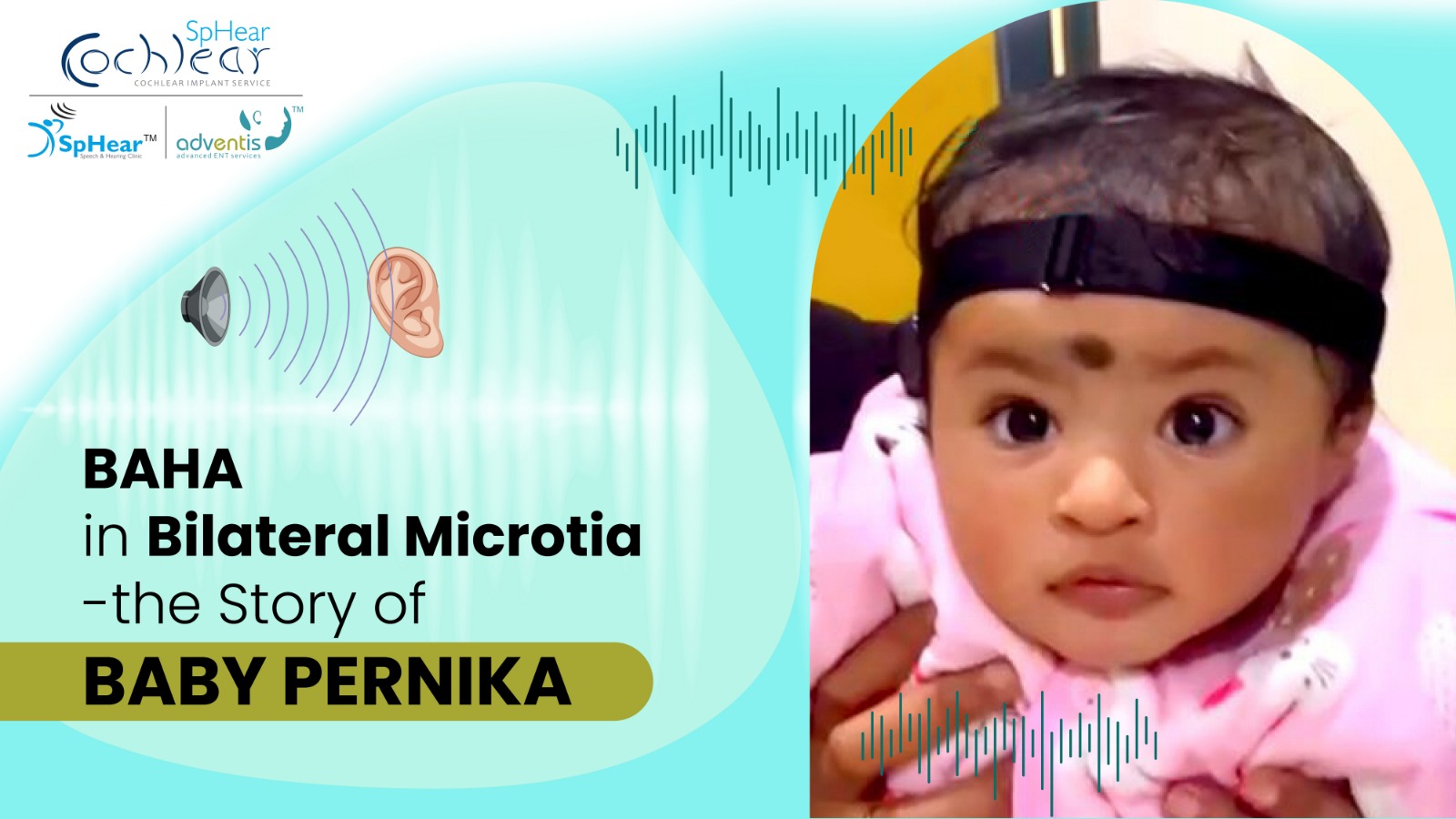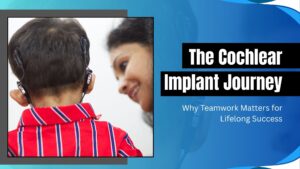Hearing aids are complicated technical instruments that are tailored to the individual client’s need. There are many different types and styles of hearing aids available today due to rapid advances in technology. Your Audiologist will have discussed the choices available in your specific situation. The following section summarises the main aspect of the various styles in hearing aids.
Acquiring a hearing aid is not a decision made lightly. That’s why it’s comforting to know that you are in good hands.
We have a highly qualified team of professional audiologists, each with extensive experiences in all areas of hearing loss, including rehabilitation, hearing loss prevention and the latest hearing instrument fitting technologies. We use the latest and state of the art audiology equipment in diagnosing hearing loss and for the fitting of hearing devices. This ensures we provide you with the most professional expertise and an excellent on – going client care program. We are 100% focused on one thing – provision of excellent audiology health care.
We are proud of what we do! We believe in offering the widest choices to our clients. For this reason, we have chosen not to align ourselves to a particular hearing aid manufacturer, instead, we believe that we have a responsibility to offer the best solution for each individual situation, hence our commitment to supplying a wide range of leading brands, each manufactured by a number of different suppliers. We are truly independent, making us quite different to many others in the industry.
What to consider when choosing a hearing instrument
Lifestyle
What is your lifestyle? Are you currently working? Do you enjoy going to concerts? Are you often out in noisy places like restaurants? Do you attend meetings? In what ways are you most affected by hearing loss? Is there anything you can’t do because of hearing loss?
Type of hearing instrument
BTE, ITE, ITC or CIC? Do you prioritize appearance, durability or ease of handling? What is the degree of your hearing loss?
Physiology
The shape and size of the outer ear and ear canal may determine which type you can use.
Technology
What technological features with benefit your particular hearing loss? He advanced does your hearing instrument need to be?
Volume Control
Some instruments adjust automatically and some have a manual volume control. Which do you prefer?
One or two?
If you have hearing loss in both ears, you’ll get the most benefit by wearing two instruments. Age – and noise – related hearing loss tend to affect both ears, which explain why about 75% of new purchasers choose two hearing instruments. By wearing hearing instruments on both ears you will get much more out of your hearing instrument. You will, for example, have an easier time understanding speech in difficult listening situations such as restaurants.
What are the benefits of modern hearing instruments?
New hearing instruments offer a number of high – tech features that amongst other things provide better speech understanding in noisy environments by for example turning down the unwanted nose and turning up the speech. They are also programmed to compensate for your specific hearing needs. A modern hearing instrument doesn’t make everything louder – it makes a sound more distinct!
Towards better hearing
The road to better hearing begins with an audiological evaluation for diagnosis. This is followed by the selection and fitting of hearing instruments, and finally a period of adjustment.
Hearing aid styles
The choices depend on individual preferences combined with the extent and nature of the hearing loss and your Audiologist’s recommendation.
Open Fit Behind – the – Ear
This is a new style of behind – the – ear hearing device made possible by advances in technology. The primary advantages are that the ear canal is unoccluded. This means that one’s own voice sounds natural and environmental sounds can be also heard in their unamplified state via the openness of the ear canal.
Sounds are channeled into the ear canal via a near invisible capillary tube that is attached to a miniature behind the ear device.
The BTE component is generally extremely lightweight and inconspicuous.
The open fit BTE system is well suited for mild to moderate high-frequency loss.
In – the – Ear (ITE)
This style of aid sits fully inside the ear and is the largest of the in – the – ear models. It is a useful style for patients with limited manipulation ability (such as severe arthritis) as it holds a large battery and can have larger controls.
It is capable of producing more power suitable for patients with moderate to severe losses.
Behind – the – Ear (BTE)
This is a style of aid sits behind the ears and is attached via tubing to a custom made mould that fits in the ear canal.
Today’s behind – the – ear instruments are highly regarded due to their reliability, long life and suitability for a wide range of hearing loss. Their unique earmold system reduces “whistling”, making them comfortable to wear.
In – the – Canal (ITC)
A popular style that balances cosmetic appeal, fractures, and functionality.
Completely – in – the – Canal (CIC)
This style is the smallest available and sits entirely within the ear canal. Not everyone can operate them due to their size and they cannot be manufactured for clients with very small ear canals.
Receiver – in – the – Ear (RITE)
This is a new technology being introduced by a number of manufacturers.
This replaces the conducting sound tube with an electrical wire that drives a miniature loudspeaker, located at its end, in the ear canal.
As there is no conducting sound tube then a smoother acoustic response can be obtained.
This technology does require sophisticated and fast-acting feedback cancelling systems to be designed into the instrument to provide acoustic stability.
Upper Concha Receiver in Canal
This is a new style of hearing instrument that is a variation of “receiver in canal” technology. Rather than connect the “receiver in the canal” to a traditional behind the ear device, this style places the electronic package in the upper part of your external ear. This particular is most suited for mild to moderate loss and clients with relatively good dexterity.
The electronics are supported in place via the resilience of the receiver wire The electronic package (available in a range of interchangeable colours and patterns) is anatomically curved for comfort and snugness of fit”.
What happens next?
Maintenance of your hearing aid is very important.
The following tips will be of assistance.
Taking care of your hearing aids and ear moulds
Hearing aids are valuable instruments so it is important that you care for them as you would any other valuable and delicate items. Here are some simple tips to help you.
- Wipe you aids regularly with a dry cloth or tissue.
- Avoid getting your hearing aids wet.
- Hearing aids should never be exposed to extreme heat.
- Keep them in the case provided when not wearing them.
- Clean the tip with the tools provided to prevent wax build – up in the receiver. Wax causes most problems in hearing aids.
- If you are fitted with an open fit device with a capillary tube remember to clear the sound bore with the fine “whisker” provided.
- If you are wearing a behind the ear hearing aid with an attached ear mould it is recommended you wipe the mould down regularly with an alcohol swipe or wash it in warm soapy water (after detaching it from the hearing aid). Please be sure to dry the ear mould carefully before reattaching it to your hearing aid.
Batteries
The life of batteries will vary with hearing aid type and conditions of use. When you are not using your hearing aids remember to turn them off and open the battery holder to conserve battery power. You should always have spare batteries on hand. Batteries can be purchased from our clinics over the counter.
Dispose of batteries in the normal garbage. Do not place them in an incinerator as they may explode. Be sure to keep them away from young children for whom they may be a swallowing hazard. Equally, adults with poor eyesight or cognitive difficulties are at risk of accidental swallowing, especially if they are situated where they may be mistaken for tablets. If a battery is ingested seek medical advice promptly.
Maintenance
Repairs are sometimes required due to the intricate technology of hearing aids today.
If your hearing aid is not working and it is not the battery or wax build – up then you will need to bring it into your nearest centre. If the support staff cannot rectify the problem, the manufacturer may need to become involved.
Repairs are charged on a fee for service basis once the hearing aids are out of warranty.
Aid adjustment service
In future years you may require an occasional aid adjustment. We can adjust levels and fine – tune your hearing aid, when necessary.















